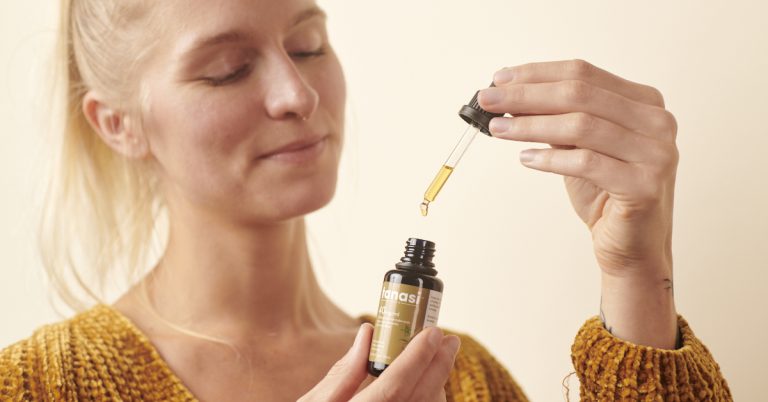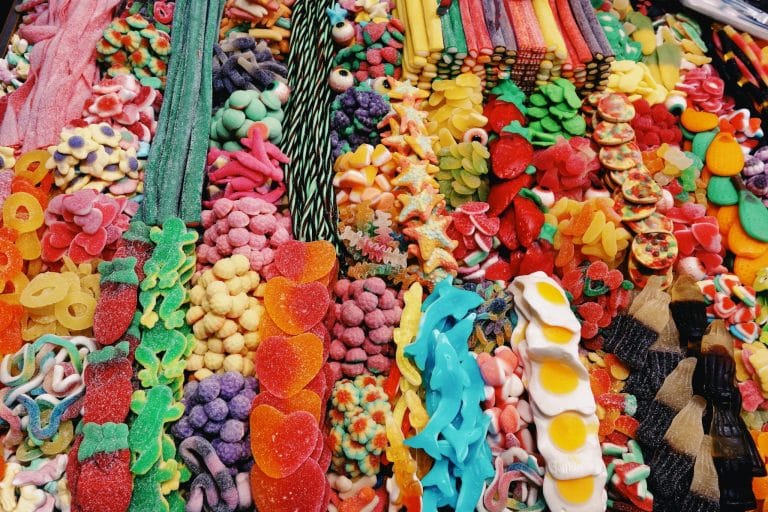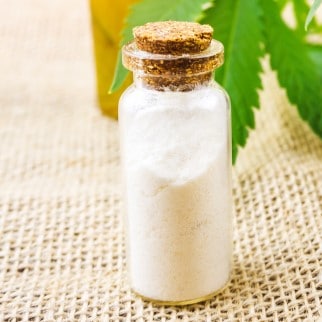Here’s the Deal On Exactly What Is Hemp?
Posted on June 10th, 2021
What is hemp? Well, that’s a good question. Because it’s often confused with marijuana, since they’re both classified as cannabis. Still, these plants have clear distinctions. Which is why, in this article, we’ll explain their relationship to cannabis, plus how hemp is different from marijuana.
What is Hemp? 
Also referred to as industrial hemp, this is a variant of the Cannabis sativa L species. We also call is a dioecious plant. (That means plants are female or male. Which can have impact for trichomes and hemp extracts like CBD.)
Now, hemp has a10,000 year plus history of usefulness. Mainly, it’s grown for the bast fiber that comes from the stems. People also cultivate this plant for edible seeds. And for the oils we extract from its flowers and leaves. Often, we confuse hemp for the cannabis plants that produce marijuana and hashish. But they are very different, as we’ll review shortly.
History of Hemp Uses
The oldest documented evidence of hemp cultivation goes back to a rope from 26,900 BCE, in the present-day Czech Republic. But we had to wait a little longer for people to get creative with hemp. And that discovery started in China around 10,000 BCE.
Now, people started using hemp to make paper, rope, and clothing. Soon, the Yangshao China’s residents in approximately 5,000 BCE, knitted hemp and hard-pressed it into pottery. Next, between 5,000 to 300 BCE, people in Japan cultivated hemp for paper and fiber.
What is Hemp? A Plant Embraced by Healers
As history progressed, healers in Greco-Roman cultures used cannabis as a source of medicine, intoxication, and fiber. Archeologists found cannabis seeds in the Pompeii ruins. And Greek orator Athenaeus mentioned hemp’s use for rope making between 170 and 230 BCE. Later, Pliny the Elder (a naturalist and Roman biographer) referenced a cannabis root elixir. In the 1st century BCE, he talked of its potential to treat gout and joint stiffness.
Now, we’re still debating when and how hemp came into the New World. There are many theories, with one revolving around the Vikings. Since they used hemp to make their sails and ropes, and they tried to colonize the New World, they may have brought hemp seeds with them on their travels. But come it did. And that’s when the picture of cannabis started changing.
Cannabis in the New World
Until 1937, and the Marijuana Tax Act, U.S farmers grew lots of hemp. But once it became a controlled substance, America’s hemp industry was virtually wiped out. Then, during World War II, hemp enjoyed an American renaissance. That’s because we used hemp for military items such as canvas, uniforms, and rope. In fact, In 1942, the Agriculture Department released a short clip dubbed ‘Hemp for Victory’, endorsing the crop as a war advantage.
Sadly, this resurgence was short-lived. In fact, until the 2014 Farm Bill, hemp fell under the rules of 1970’s Controlled Substances Act. But thanks to the changing legal picture, hemp’s now a legal crop. And it’s a great source of CBD oil and other CBD products.
Cultivation
We cultivate hemp in moderate climates. As it grows, the plant can reach 16 foot heights. Now, sandy loam soil with proper drainage provides optimal growth for hemp. Plus, you need an average monthly rainfall of not less than 65mm throughout your grow season. That’s why the Southern United States is often a great spot for hemp growth.
Of course, your end use for produce can change your grow process. If you grow hemp for fiber, you’ll closely sow seeds. Which will yield plants about 6-10 feet tall with nearly no branching. But crops grown to source CBD oils are sowed farther apart. So they’re much shorter, with lots of branches.
Legal Definition
Legally, it all comes down to THC. We categorize any cannabis plant with more than 0.3% THC concentration as marijuana. And anything with less as hemp, which is federally legal to grow in all 50 states. (That concentration measurement is by dry weight.) Now, let’s take a closer look at other differences between these cannabis varieties.
Remember, both plants are part of the Cannabis family. They have a few chemical similarities, and even look alike. But given their different legal regulations, and varying usages and effects, you don’t want mix up these ‘weeds’. So here’s a clear breakdown of the key differences between hemp and marijuana.
Composition
Both plants produce CBD, which isn’t psychoactive and doesn’t get you ‘high’. And, both these plants create THC. But they do so at different levels. Which is why cannabis with no more than 0.3% THC content is hemp. While marijuana plants contain up to 30% THC content.
Cultivation
Since we grow these plants for different reasons, they require different growing conditions. Marijuana grows in a more controlled environment, helping optimize the breed’s characteristics and ensure that the female plants start budding. In order to achieve desired results, the grower needs to ensure proper temperature, humidity, and lighting.
In contrast, we grow hemp with the goal of optimizing its size and yield. To achieve this outcome, it grows outdoors and doesn’t require the keen attention and management allotted to marijuana.
Beyond the Plant
We can use so many parts of this crop, including its seeds, leaves and flowers, hurds or shives, and bast fibers. We derive CBD from the flowers and leaves. The fibers make building materials, paper, textiles, and a range of other industrial products. And raw materials like shives or hurds (short woody fibers, usually located in the stalk) make ceiling panels, particleboard, absorbents, compost, bedding materials, and an array of other industrial commodities.
The outer part of the stalk is made up of bast fibers, generally divided into three sections: tow, secondary, and line fiber. They are classified by their cell wall thickness and strength, which ultimately determines the durability, strength, and application of the fiber material.
Edible seeds constitute around 30% oil. They’re a great source of minerals, vitamins, dietary fiber, and protein. Plus, they comprise a maximum ratio of omega-6 to omega-3 fatty acids. And that’s why shelled hemp seeds can be sold as a food supplement. You can eat them raw, mix them into smoothies or sprinkle them on salads.
Also, we can grind hemp seeds to make flour or combined; or, combine them with water to make hempseed milk. This makes for a great alternative to dairy milk. And you can still use the oil for soaps, varnishes, paints and edible oil!
By now, we hope you have a better understanding of what is hemp. After exploring its history, benefits, and legality, you should be ready to get out and enjoy this viable and versatile product. (And all of Tanasi’s hemp extracts!)

Related Posts

Oct 29 2020
Tanasi GOLD: The New Gold Standard For What CBD Can Be
Read More →
Oct 21 2021
CBD Isolate vs Distillate: Which One Is Right for You?
Read More →
Oct 20 2021
Using CBD Cream For Foot Pain
Read More →
Oct 19 2021
What’s the Best CBD Candy?
Read More →
Oct 18 2021

